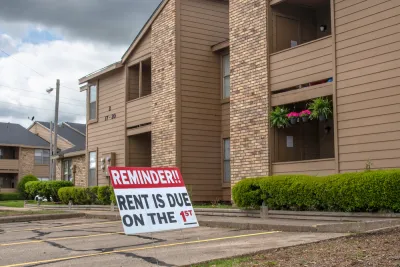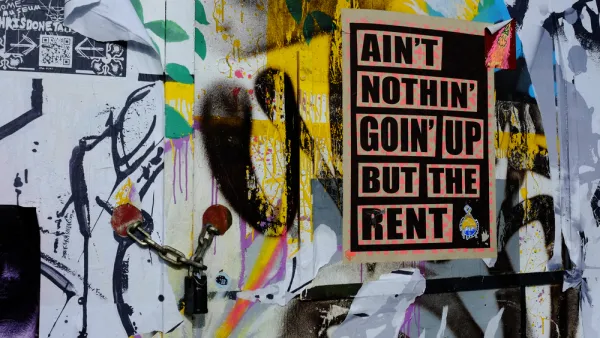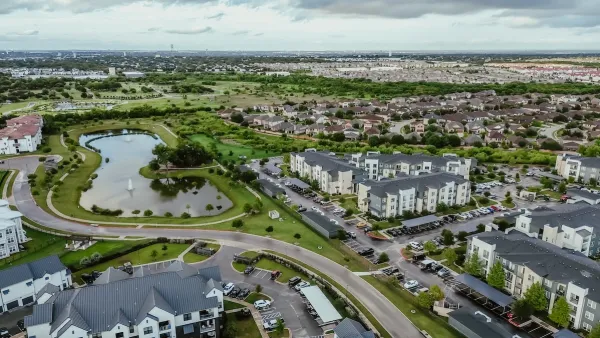Renters in smaller multi-family buildings and single-family homes are faced with larger economic challenges during the pandemic, according to new analysis by researchers at the Joint Center for Housing Studies of Harvard University.

As noted in an article by Whitney Airgood-Obrycki and Alexander Hermann, tracking the health of renters and the rental market has been challenging during the pandemic, as available data tends to certains types of rental buildings. Data from the National Multifamily Housing Coalition, for instance, skews toward buildings with at least five units. The work of Airgood-Obrycki and Hermann aims to fill some of that gap for a better understanding of the risks facing renters in smaller buildings.
The resulting analysis reports dire risks. "Renters living in single-family homes and smaller multifamily buildings, along with the owners of those properties, are more likely to be negatively affected by the COVID-19 economic downturn," according to Airgood-Obrycki and Hermann.
More specifically, "Over half of renters with at-risk wages due to the pandemic live in single-family and small multifamily rentals with 2–4 units," write Airgood-Obrycki and Hermann, who further estimate that "nearly 20 percent of renters in small multifamily apartments may have difficulty paying full rent if at-risk wages are lost, compared to 12 percent of renters living in larger apartments."
The analysis by Airgood-Obrycki and Hermann reveals a disparity in the common understanding of the effects of the coronavirus, which has tended to concentrate on the perceived public health risks of large residential buildings, like in this article by Liam Dillon for the Los Angeles Times, about the pandemic experience in Park Le Brea, the largest apartment complex in California.
FULL STORY: COVID-19 RENT SHORTFALLS IN SMALL BUILDINGS

National Parks Layoffs Will Cause Communities to Lose Billions
Thousands of essential park workers were laid off this week, just before the busy spring break season.

Retro-silient?: America’s First “Eco-burb,” The Woodlands Turns 50
A master-planned community north of Houston offers lessons on green infrastructure and resilient design, but falls short of its founder’s lofty affordability and walkability goals.

Delivering for America Plan Will Downgrade Mail Service in at Least 49.5 Percent of Zip Codes
Republican and Democrat lawmakers criticize the plan for its disproportionate negative impact on rural communities.

Test News Post 1
This is a summary

Test News Headline 46
Test for the image on the front page.

Balancing Bombs and Butterflies: How the National Guard Protects a Rare Species
The National Guard at Fort Indiantown Gap uses GIS technology and land management strategies to balance military training with conservation efforts, ensuring the survival of the rare eastern regal fritillary butterfly.
Urban Design for Planners 1: Software Tools
This six-course series explores essential urban design concepts using open source software and equips planners with the tools they need to participate fully in the urban design process.
Planning for Universal Design
Learn the tools for implementing Universal Design in planning regulations.
EMC Planning Group, Inc.
Planetizen
Planetizen
Mpact (formerly Rail~Volution)
Great Falls Development Authority, Inc.
HUDs Office of Policy Development and Research
NYU Wagner Graduate School of Public Service





























